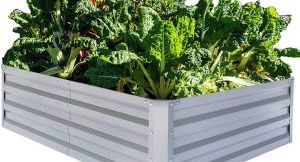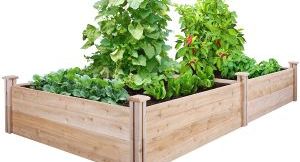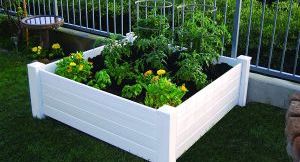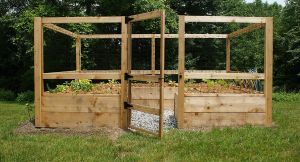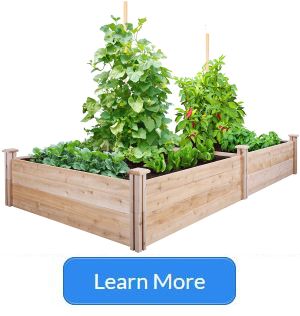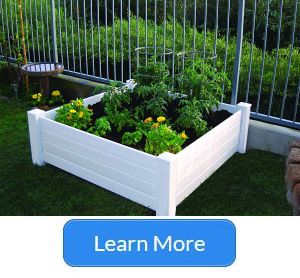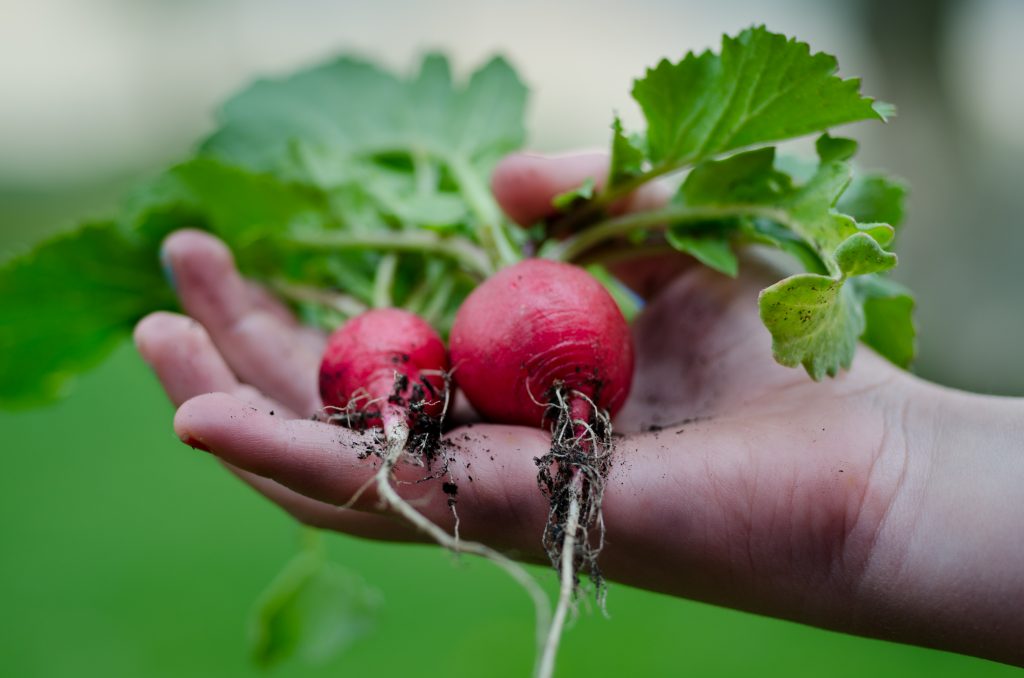Gardening FAQ #31 – What You Need To Know
In this article, we share what eggplant need, how to grow cucumbers better, growing banana plant correctly and much more. Let’s go through the common gardening FAQ, problems and solutions you need when growing your plants either indoor and outdoor.
PLANTS NEED HELP WITH POLLINATION TO PRODUCE CUCUMBERS – a common question in gardening FAQ
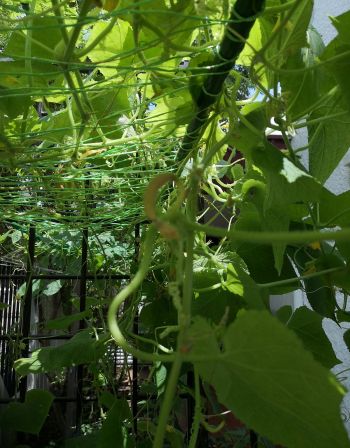 My cucumber seeds grew well and developed into what appeared to be healthy plants. I built trellises for them to climb. I had four plump cucumbers (from about 12 seeds/plants growing on the trellis). However, all subsequent fruit grew to only about 1.5cm, then shrivelled up and turned into thin dried-up brown “sticks”. Other than these four plump cucumbers, the rest ended up as dead “sticks”. How can I not lose more cucumbers? The plants are well-watered and get at least three to four hours of afternoon sun every day.
My cucumber seeds grew well and developed into what appeared to be healthy plants. I built trellises for them to climb. I had four plump cucumbers (from about 12 seeds/plants growing on the trellis). However, all subsequent fruit grew to only about 1.5cm, then shrivelled up and turned into thin dried-up brown “sticks”. Other than these four plump cucumbers, the rest ended up as dead “sticks”. How can I not lose more cucumbers? The plants are well-watered and get at least three to four hours of afternoon sun every day.
The lack of fruit production in your cucumber plant is likely due to poor pollination.
If your garden is outdoors, you may want to provide a more conducive environment to attract bees, which are pollinators of your cucumber flowers. This involves planting more nectar-rich plants and reducing the use of harmful chemical pesticides.
In the meantime, you may want to perform hand pollination.
Use a paintbrush to take some pollen from the centre of a freshly opened male flower. A male flower does not have a “baby” fruit (ovary) behind the petals.
Then, transfer the pollen on the paintbrush to the centre of a freshly opened female flower. The female flower has a small fruit behind its whorl of petals.
In the video tutorial below, you will discover how to hand pollinate cucumbers.
LARGER CONTAINER NEEDED FOR EGGPLANT
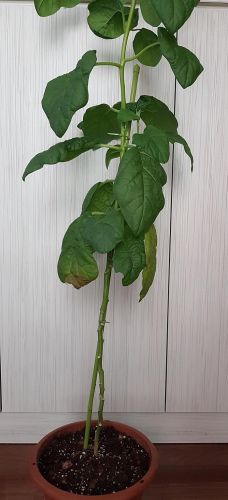 My eggplant does not seem to be growing leaves on the bottom of the stem. What is the cause and how can I promote leaf growth at the bottom portion of the stem?
My eggplant does not seem to be growing leaves on the bottom of the stem. What is the cause and how can I promote leaf growth at the bottom portion of the stem?
It is not unusual for the eggplant to grow taller and eventually shed its lower leaves.
To prevent this from happening prematurely, it is recommended you grow the plant in a larger pot that will provide more root space and resources required for it to thrive.
The lack of water and an overly restricted root space will cause lower leaves to wilt and drop off, leading to a very lanky plant.
In your case, you may want to cut the top of your plant to encourage branching to get a bushier growth habit.
You may want to also look for dwarf varieties to grow – these take up less space and have a more compact growth habit, which may be more appealing visually.
Read our post on grow bags to see how it can you migrate plants from one pot to another as it grows.
PSEUDOSTEM OF THE BANANA PLANT DIES AFTER FRUITING
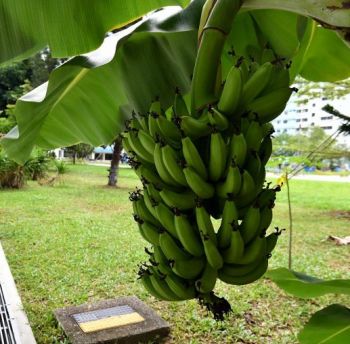 I am puzzled why the mother banana tree withers and dies when smaller plants grow at the base or develop into suckers. On advice from a friend, I removed the smaller plants, but the mother tree still died. Why is this so?
I am puzzled why the mother banana tree withers and dies when smaller plants grow at the base or develop into suckers. On advice from a friend, I removed the smaller plants, but the mother tree still died. Why is this so?
Each pseudostem of the banana plant flowers and fruits once and dies after you harvest the fruit. After your banana harvest, cut your tree back to about 30 inches and let the stem dry out for two weeks before removing it.
The plant continues to grow via the production of new suckers that rise from the base of the mother plant. These can be left to grow after the fruiting stem or removed and grown elsewhere.
These suckers, or infant banana plants, begin to grow from around the base of the parent plant. They can be removed and transplanted to grow new banana trees and one or two can be left to grow in place of the parent plant.
If your banana tree is dying after bearing fruit, don’t worry. In another nine months, the baby banana trees will be all grown up like the parent plant and ready to present you with another succulent bunch of bananas.
ZZ PLANT NEEDS TO BE REPOTTED TO GROW WELL
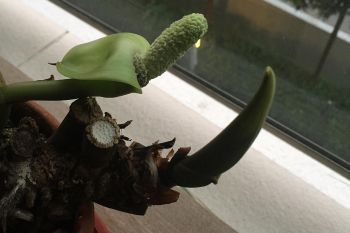 I have had this ZZ plant for about 15 years. About three years ago, it produced a flower which died very fast, in three to four days. Recently, I found a similar “flower”. Is it a real bloom? What kind of conditions does the plant need for it to thrive and flower?
I have had this ZZ plant for about 15 years. About three years ago, it produced a flower which died very fast, in three to four days. Recently, I found a similar “flower”. Is it a real bloom? What kind of conditions does the plant need for it to thrive and flower?
Your ZZ plant (Zamioculcas zamiifolia) is producing a special structure called an inflorescence, where the central rod-like spadix is the part that holds numerous small flowers.
This plant seldom flowers and, from my past observations of plants grown by other gardeners, it appears that it flowers only when it is severely pot-bound.
Your ZZ plant appears to be pot-bound, where the roots have all filled the pot. The flowering may be a response to the stress that it is experiencing in a very confined situation. The plant may not have as many leaves as before. It is recommended you move the plant to a larger pot for it to grow.
Read our post on grow bags to see how it can you migrate plants from one pot to another as it grows.
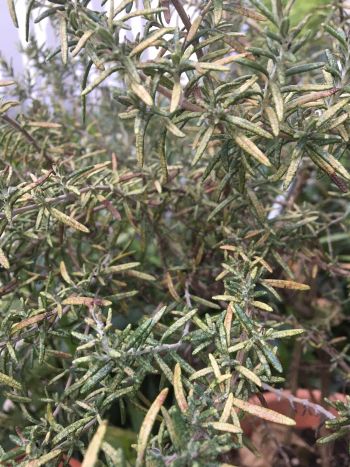
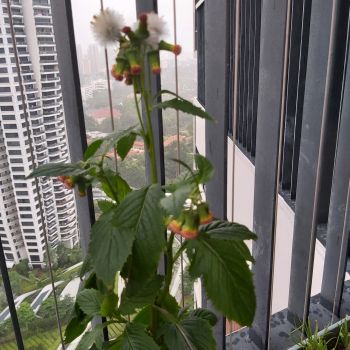 I understand this plant is Blumea lacera. Our helper from Myanmar said it is a common vegetable in the country, but I cannot find literature on it as a vegetable.
I understand this plant is Blumea lacera. Our helper from Myanmar said it is a common vegetable in the country, but I cannot find literature on it as a vegetable. 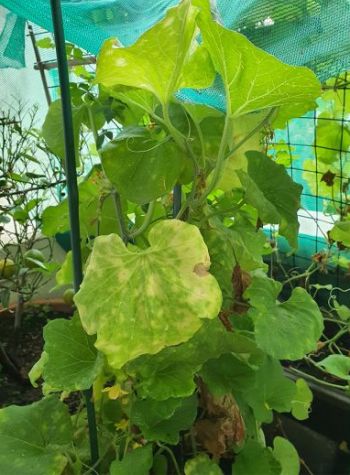 I recently found yellow spots on the leaves of my cantaloupe plant (in first photo) and they are killing the leaves and plant. I have used neem oil twice, but it does not seem to work. What else can I do?
I recently found yellow spots on the leaves of my cantaloupe plant (in first photo) and they are killing the leaves and plant. I have used neem oil twice, but it does not seem to work. What else can I do?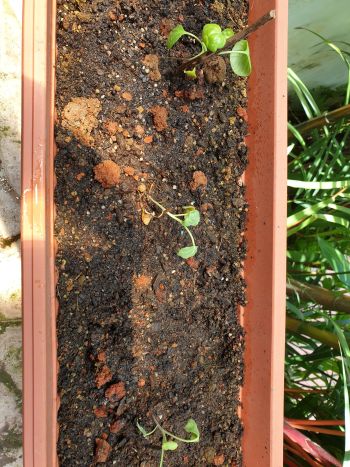
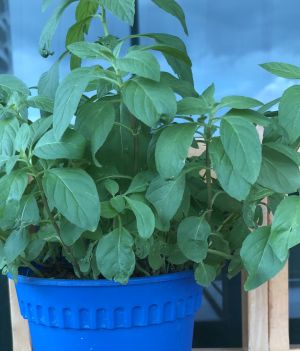
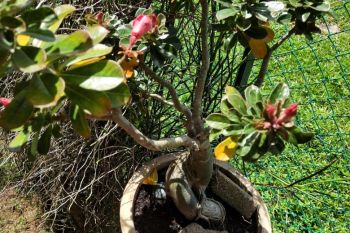 The leaves of my five pots of adenium turned yellow within two days of repotting. What happened?
The leaves of my five pots of adenium turned yellow within two days of repotting. What happened?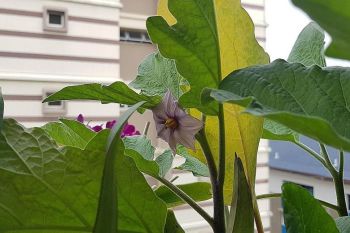 My seeds have grown. The leaves and stem of the plant are hairy. The plant looks like those bought from markets but without the hair, and the flowers are yellow with seeds. I am not sure if the plant is edible. It looks more like it was cross-bred between the kailan and chye sim.
My seeds have grown. The leaves and stem of the plant are hairy. The plant looks like those bought from markets but without the hair, and the flowers are yellow with seeds. I am not sure if the plant is edible. It looks more like it was cross-bred between the kailan and chye sim.
